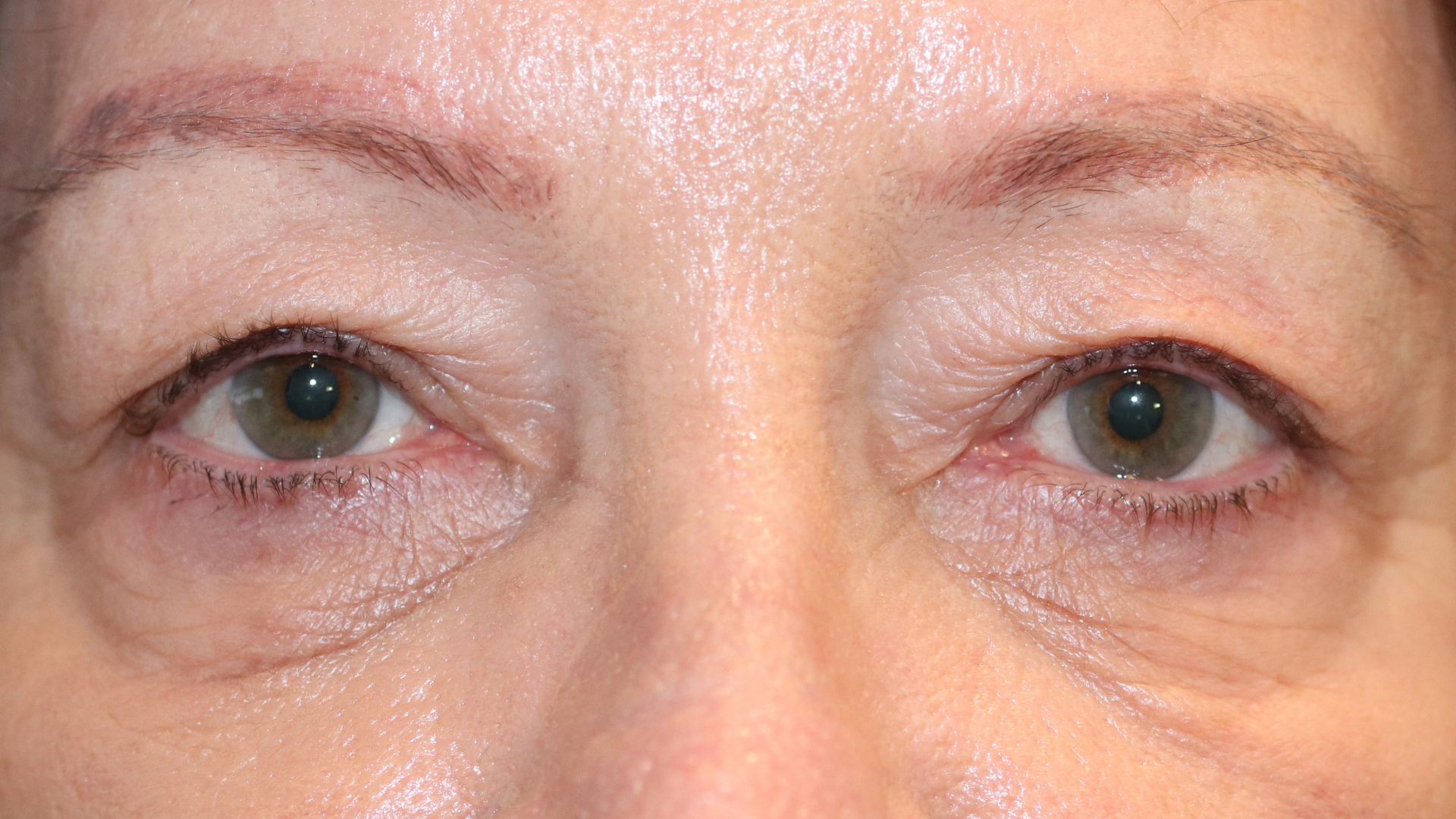Blepharoplasty Upper eyelid surgery. Excess skin, muscle or fat in the upper eyelid causes heaviness, tiredness or obstruction of vision. An upper eyelid blepharoplasty may help. Many people suffer from this condition and often are not sure if the condition falls under a cosmetic surgery banner or a medical issue. On consultation, we can see if you meet the criteria for medical surgery.

Blepharoplasty Surgery
Blepharoplasty Upper eyelid surgery occurs as a day procedure in a hospital facility. You will need to fast as for all surgery. A support person to escort you home after your Blepharoplasty Upper eyelid surgery will be required.
After Blepharoplasty
A small dressing is placed over the upper eyelid at the end of surgery and this can be removed at day 1. And you may then shower and wet the wound. Be sure to only gently dab the wound dry. Bruising usually settles over 10 days and swelling takes a little longer. Bruising and swelling extend into the lower eyelids and this is normal. Stitches are removed at days 5 – 7. Most people will return to work between weeks 1 – 2.
Place clean ice packs on the eyelids for 10 minutes every hour for the first 48 hours and clean the wound gently with a clean damp cloth. Smear a small amount of antibiotic ointment along the wound 4 times a day for 1 week with a clean finger or cotton bud. Sunglasses help to cover bruising and swelling. The wound may feel irritated for a few weeks and the lashes may feel a little numb to touch and this resolves over a few weeks.
Remember
- Blepharoplasty Upper eyelid surgery helps reduce that heavy tired look and assist vision.
- Pain relief medications have side effects including nausea, dizziness, and constipation
- So when the swelling completely subsides, you will see the final position of the eyelids and skin crease.

